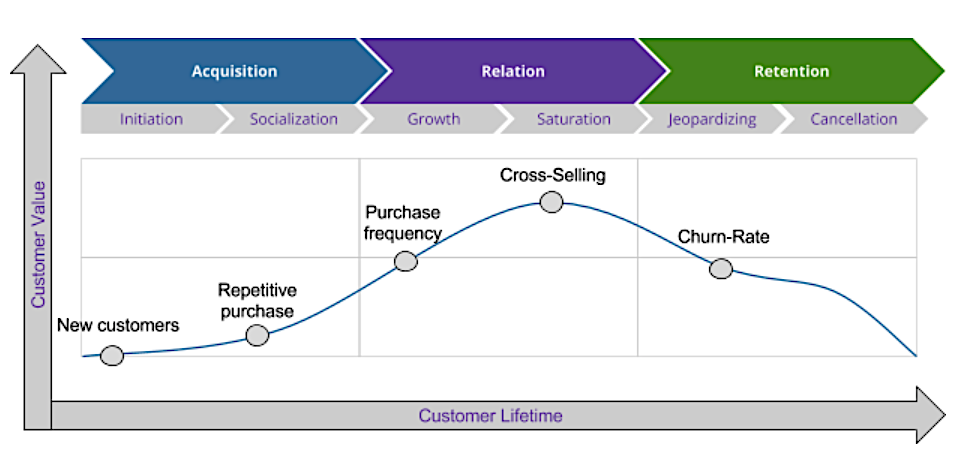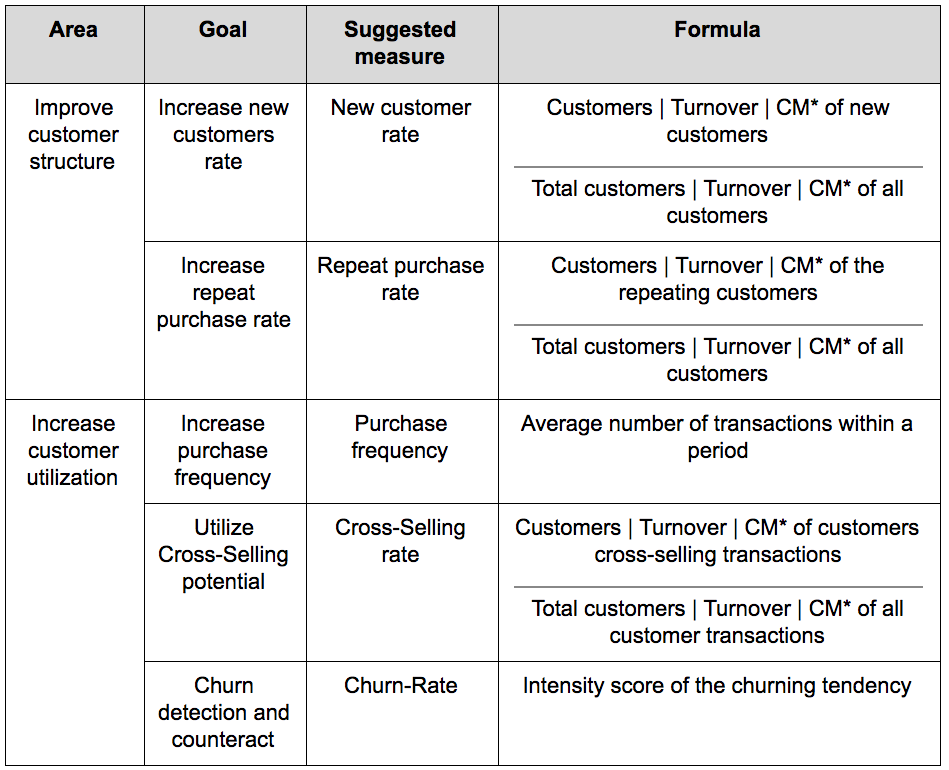Tackling Personalization for Your Business
New technologies are opening multiple possibilities for content personalization - but businesses must ensure personalization is relevant and adds value.

Digital transformation trends are rapidly altering interactions between customers and corporations. New technologies are opening multiple possibilities for content personalization: from emails to web pages to apps, allowing businesses to deliver tailored and relevant content to customers at the right time.
However, the implementation of personalized interactions will only be effective when based on high quality customer data and expertise about offerings, customer pain points and competitor activity. Developing a digital communication strategy that incorporates a balanced level of data-driven personalization can be challenging. We will discuss how to approach the personalization of your digital assets in a way that enhances customer interactions and reflects your organization’s resources and strategies.
Management Summary
In summary, when approaching personalization, you must:
- Set up the preconditions for personalization in strategy and back-end alignment
- Define an appropriate level of personalization for your approach, according to your marketing classification and the maturity level of your organization.
- Define the stages of the customer lifetime at which personalization will add value for your audience.
- Build in metrics to define success in the personalization of your digital assets.
- Envision personalization as a continuous process which will evolve over time
Preconditions for Personalization
When building the foundations for your personalization strategy, you must first clarify the answers to the following key questions:
- Who is your target audience?
- How will you reach this audience?
- What content are you going to distribute?
- When will you reach them? (i.e. which time of day)
- Where will you reach them? (i.e. which channels will you use, where are they geographically)
By defining how to deliver the right content to the right person at the right time and through the right channel, you can ensure that personalization is always relevant for customers. In order to achieve this, high-quality data about customer behaviors and needs must be available and ready to be leveraged. You might personalize based on clickstream data, location data, transaction data or even third-party data. This requires data alignment and backend integrations, which will inform your personalization. This customer insight will come together with your expertise about the unique value of your offering to build the foundation for your personalization strategy.
The Level of Personalization
Organizations implementing personalization need to define their appropriate level of personalization, relative to resources and technological capabilities. The degree of personalization that’s relevant will also depend on what kind of marketing you’re doing:

Mass marketing refers to products, services and communications for a large group of customers while segmented content marketing involved to customized products, services and communications for homogenous groups of customers like men or women. Local marketing refers to customized products, services and communications aligned to a particular place and time, and 1:1 marketing relates to customized products, service and communications aligned to very particular personal preferences. In general, the more targeted your marketing practices, the higher the appropriate level of personalization.
However, research shows that 53% of firms lack the correct technology to execute an effective personalization program. Businesses can self-identify the level of personalization they can provide using Maturity Models. Maturity Models include four maturity stages, with initiatives and deliverables, which businesses can use as a guide to which degree of personalization their business is able to deliver. There are many criteria for digital maturity, such as process digitization, transformation management, levels of collaboration, product innovation and consistent customer experiences, which all contribute a company’s maturity, making them more prepared for personalizing their digital assets. Using these models as a framework, organizations can identify the level of personalization they can feasibly aim for.
However, when first implementing personalization, businesses should start small and build agility into the development of personalized omnichannel experiences. At first, employ a small-scale infrastructure that is flexible enough to evolve over time, in order to optimize customer experiences as you increase your integration of personalized interactions.

The above diagram visualizes customer value over a customer lifetime. It includes multiple stages: acquisition, relation and retention. Each stage corresponds to different activities along the value chain, each of which might provide the right context for personalization: \
- New customer who has opted into your communications, whom you could earn the trust of using personalized interactions, or offer a personalized discount on their first purchase.
- Repetitive purchasers who are already customers, however personalized communications could help to build loyalty and encourage return purchases.
- Purchase frequency or valued regular customers, who might respond well to loyalty programmes, ‘first access’ to releases or products, and personalized updates.
- Cross-selling, in which targeted information can help you to direct an existing customer to engage with new products or services related to those they’re already interested in.
- Churn-rate can be predicted, and customers can be presented with a personalized offer or incentive not to leave.\
These stages might need to be adapted according to the customer, product and service portfolio of your organization, and therefore might vary according to your particular circumstances. Netcentric’s expertise in delivering customer-centric personalized experiences for our clients can help businesses to identify where implementation might be relevant for them. Furthermore, it doesn’t necessarily make sense to always invest in each of these areas: an investment in personalization should only be made if the customer lifetime value could potentially be increased. For instance, if the additional cost is higher than potential additional revenue from a particular stage, it may not be worth implementing personalization.
These identified stages that are prime for personalization reveal desirable audiences for these investments. For instance, within the cross-selling stage, it’s assumed that the customer will be choosing from a product portfolio of some kind. This then opens the opportunity for a product affinity scoring system to be derived from past purchase behavior in order to produce a relevant cross-selling offer.
Defining Success
When implementing personalization, especially for the first time, businesses must build in metrics and ways to measure the success of this implementation. For example, a recent survey demonstrated that 55% of respondents said that the personalization or customization of an email makes them more likely to open it, and another showed that 65% are more likely to shop at a retailer that knows their purchase history. To determine the effectiveness of personalized content, studies have shown that proper metrics and KPIs to measure progress must be established.
Developing specific data-driven ways of measuring the success of your personalization will also allow you to pinpoint areas for improvement. Naturally, the effectiveness of your personalized content will vary over time, since customer preferences change, and demands develop. Following the outline of Hippner, H. et al. (2011), the below table provides an overview of possible metrics for measuring success along the CLV:

When developing your personalization strategy, you’ll see more results if you have an overarching holistic strategy. An issue with methods of measuring success is that they can often only address a singular element of customer interaction, such as the response rate to emails alerting them to an offer. It’s crucial to evaluate the relevance of personalization within your customer relationship management and across journeys, and utilize those assessments to optimize your personalization over time.
Conclusion: Personalizing Digital Assets
Personalization is an ongoing process, which will need to evolve and be updated according to the changing customer expectations of our modern digital landscape. When implementing personalization, decision makers must remember that personalization alone doesn’t make up a successful digital transformation strategy. A balanced approach that always ensures relevance and effectiveness is necessary, as well as one that reflects your organization’s values, tone and target audience. It must present customers with a specific value in order to be successful in optimizing customer experiences.
References
Gupta, S., Lehmann, D. R., & Stuart, J. A. (2004). Valuing Customers. American Marketing Association, 41(1), 7–18.
Hippner, H., Hubrich, B., & Wilde, K. D. (Eds.). (2011). Grundlagen des CRM. Grundlagen des CRM (3rd ed.). Wiesbaden: Gabler Verlag. http://doi.org/10.1007/978-3-8349-6618-6\\ Kotler, P., Armstrong, G., Saunders, J. & Wong, V. (2007): "Grundlagen des Marketing" 8th ed., München 2007.